Experiment With These 5 Cordyline Propagation Methods Says Master Horticulturist
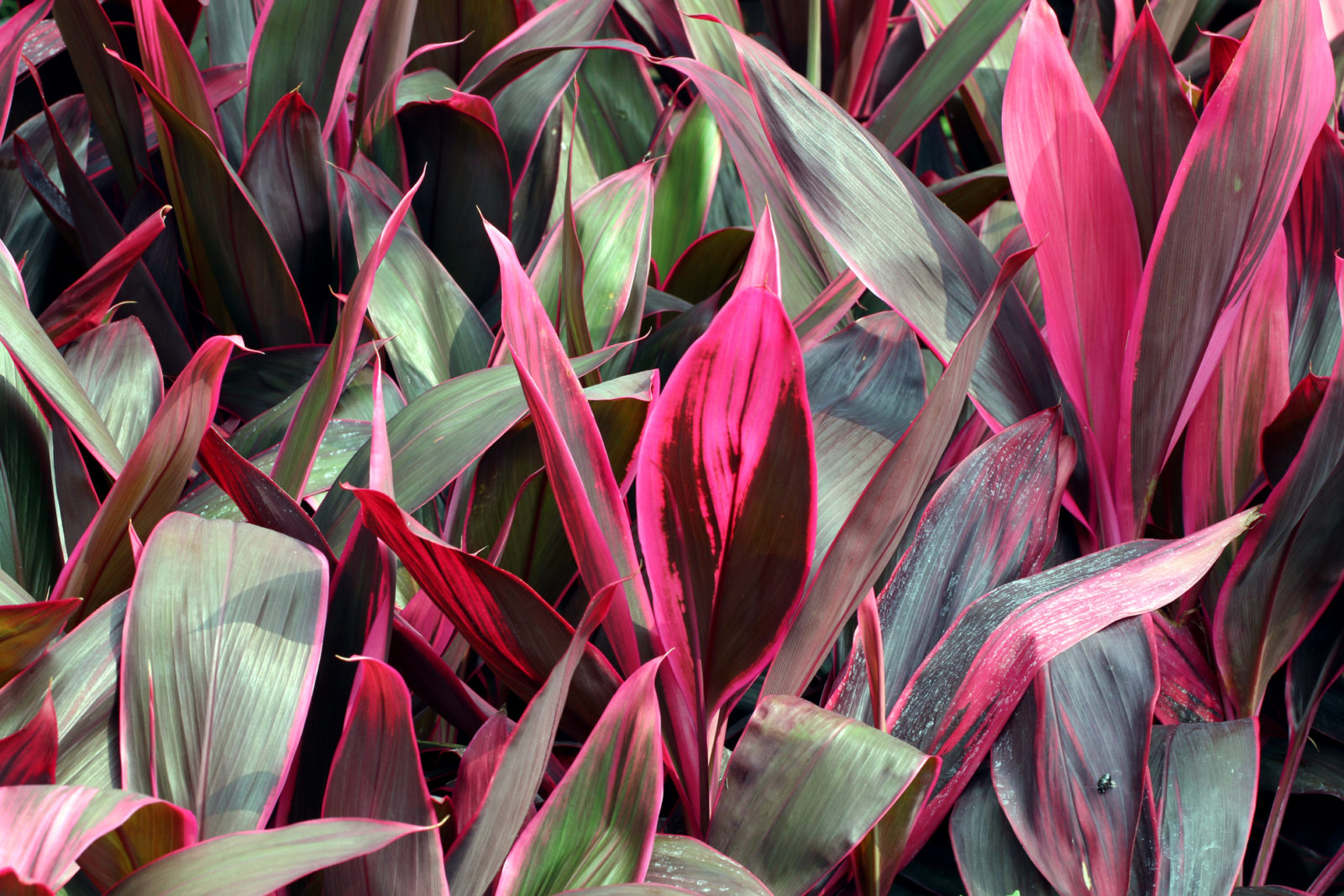
SHRUBS > CORDYLINE > PROPAGATION
Reviewed By PETER LICKORISH

Peter is a Horticulture Lecturer and self-employed Horticulturist, with a passion for diverse areas of the industry - from garden design to the science behind plant growth and propagation. He has completed the Royal Horticultural Society’s Master of Horticulture (MHort) Award and lectures on RHS courses at Bedford College.
IN THIS GUIDE
CORDYLINE GUIDES
Container Growing
Leaves Changing Colour
Overwintering
Propagation
Pruning
Revival
Varieties
Cordyline can be propagated by multiple methods without much trouble at all.
Different methods are more suitable for different varieties of cordyline, but the methods by which most cordylines can be propagated are:
- From suckers
- Pruning stem sections
- Growing from seed (some varieties)
- Dividing the plant (some varieties)
- Taking cuttings (some varieties)
“During the main growing season, the hardier cordylines, such as Cordyline australis, are fast-growing,” shares Master Horticulturist Peter Lickorish.
“This enables a variety of propagation techniques to be experimented with.
“However, remember that young plants are vulnerable to winter cold so many need fleecing over winter or moving indoors if potted.”
I would say that suckers, as an easy, nature-made way of propagating cordyline, is the first choice – with stem sections or cuttings a second preference.
No matter which method you use, I would recommend that you wear gardening gloves.
Each of these five methods is explained in more depth below.
| Difficulty | Medium |
| Equipment Required | Gardening gloves; secateurs; planting materials |
| When To Propagate | Late spring to early summer |
1) From Suckers
Though cordylines produce suckers themselves, some varieties bear more than others, you can actually stimulate a plant to put out suckers, assuming it is a suckering variety.
So, if you want your cordyline to sucker, you can help it along by pruning out some of the top growth and stimulating shoots lower down.
Suckers are small offshoots at the base of the plant that emerge very close to the main stem.
To propagate by sucker, avoid new little suckers that are just shooting up or that are just putting out fresh leaves.
Allow these to grow and develop their foliage until it looks like a small, young plant.
You can propagate cordyline from mature suckers in late spring or early summer.

Prepare a container with an appropriate free-draining medium in which to pot the sucker.
Loosen and pull away the soil between and along the mother plant and sucker, taking care not to damage the roots or the sucker itself.
You will see that the sucker is connected to the mother plant by what looks like a very short subsoil branch.
The sucker will have its own developing root system, so gently dig down to expose its roots.
Using a sharp sterilised knife, cleanly cut through the subsoil branch, taking care to keep the roots intact.
Dust each of the severed sections with an anti-fungicide powder or spray them with a stimulating disinfectant solution.
Re-pot the sucker into the container, taking care to ensure that the soil level does not come up any higher on the stem than it did originally.
Firm up the soil around the roots and give the new plant a good watering in its new home.
2) Pruning Stem Sections
Cordylines can be propagated by stem sections very reliably during the period from late spring to early summer.
Prepare a pot with potting mix, sand, and perlite and then thoroughly dampen this medium.
On the donor plant, choose a cane that is of intermediate or mature age; such a cane will be brownish and bare near the attachment and will be greenish and may have leaves at the distal or upper end.
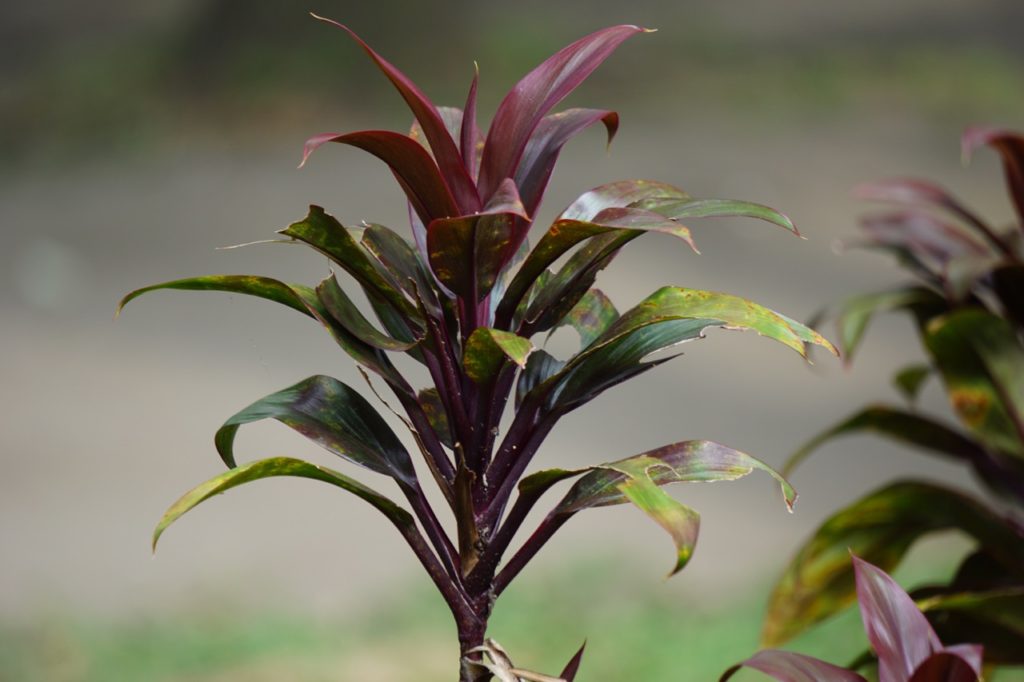
Prune the cane using sterilised secateurs.
Using the secateurs or a sterilised sharp knife, cut out a 5-6cm section from the middle of this cane, making sure the section has leaf nodes.
On more mature plants, woody stem sections can be used, but these are slower to root and shoot.
Dip the ends of this section in fungicide powder or cinnamon and honey.
Insert the section in the pot and nudge it downwards so that half of the stem section’s length is inside the medium and half above.
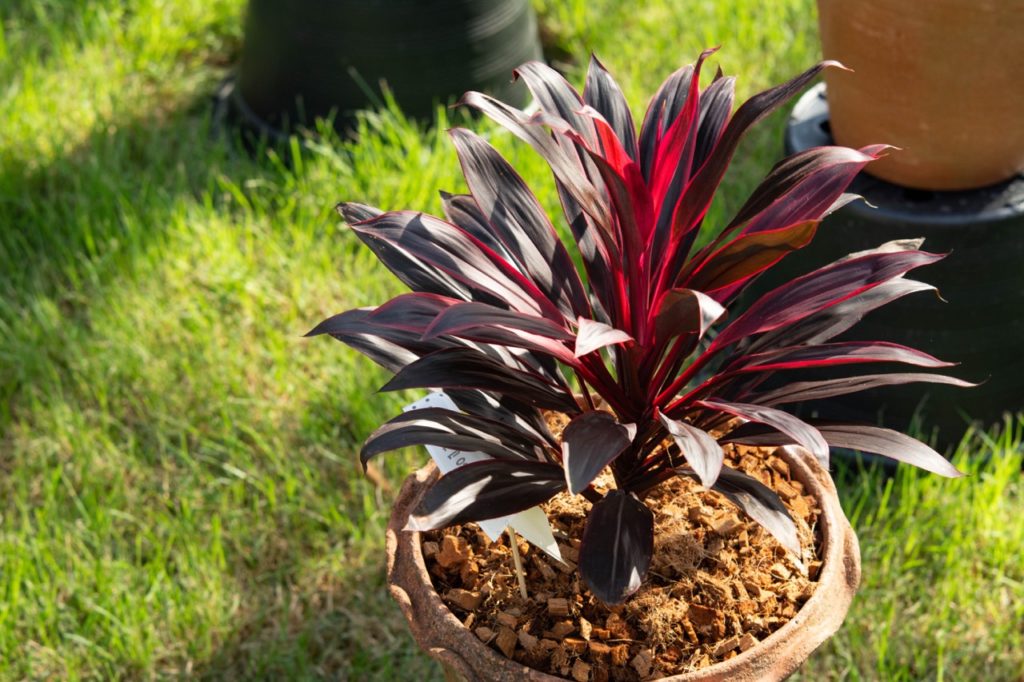
Keep the pot indoors in a warm spot where it gets indirect sunlight and give it a sprinkling of water every 2 days so that the soil is kept continuously moist.
After 4-8 weeks you should see green shoots sprouting.
After they appear, increase the plant’s exposure to light and gradually increase the amount of water it gets while gradually decreasing the frequency.
When it has become a young plant, pot on into an appropriately-sized container with suitable compost.
3) Germinating Seeds
Cordyline seeds may be collected from the plant’s tiny flowers in summer and are also easily found at nurseries.
These vigorous seeds can be sown immediately after being collected.
Of course, you may choose to dry them, put them in an envelope and store them in the fridge’s crisper.
Growing cordylines from seed is a relatively slow process, and until mature, they are vulnerable to winter cold.
Give the seeds an early start by sowing them in a tray of free-draining compost indoors, if you are keen to get going during the autumn and winter months.
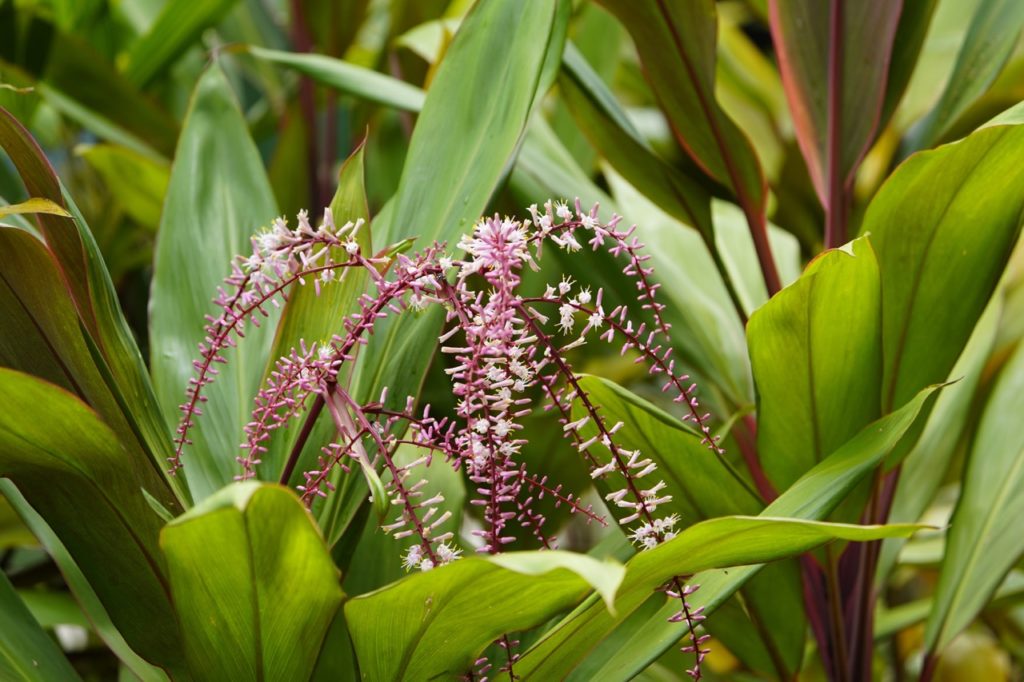
Lightly cover the seeds with compost, and germination is usually fairly fast.
Transplant them into individual pots once they are just over 5cm tall and harden them off gradually from mid to late spring, until moving them outdoors completely.
Even hardier species, such as Cordyline australis, will still need winter protection, so bring them undercover for their first winter.
If sowing in an unheated greenhouse or outdoors into seed trays, the process is the same, except be sure to sow them well after the last frost when the weather shows a warming trend.
Use a moderately fertile sand or loam-based growing medium.
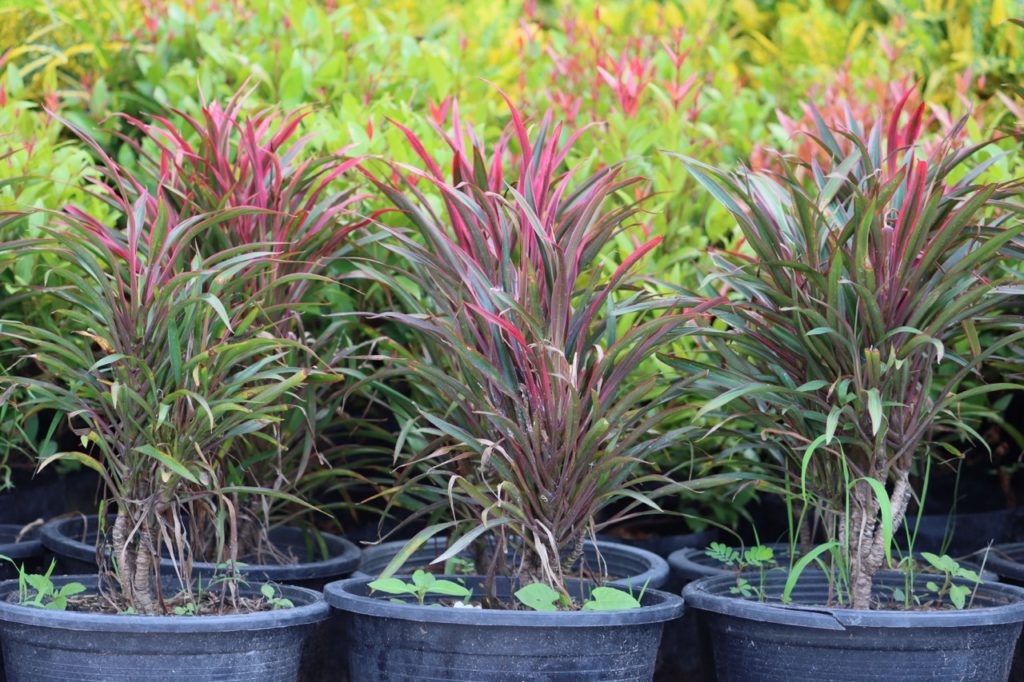
To sow outdoors in the ground, amend the soil with well-rotted manure or organic compost and for container cultivation, use potting compost and sand.
Push seeds to about 2-3mm below the surface or put them on the surface and just barely cover the seeds with the growing medium.
Keep them continuously moist until they germinate, which will be in 4-6 weeks.
4) Dividing The Plant
Cordyline trees can grow quite tall and gangly.
Many C. australis varieties develop a mass of sword-shaped foliage on top of slim trunks, around 5-8cm in diameter.
From this type of mature plant, with multiple main stems that are less than 1.5m, you can propagate several new cordylines.
The number you can propagate will depend on the height of the shrub, the number of stems and your needs.
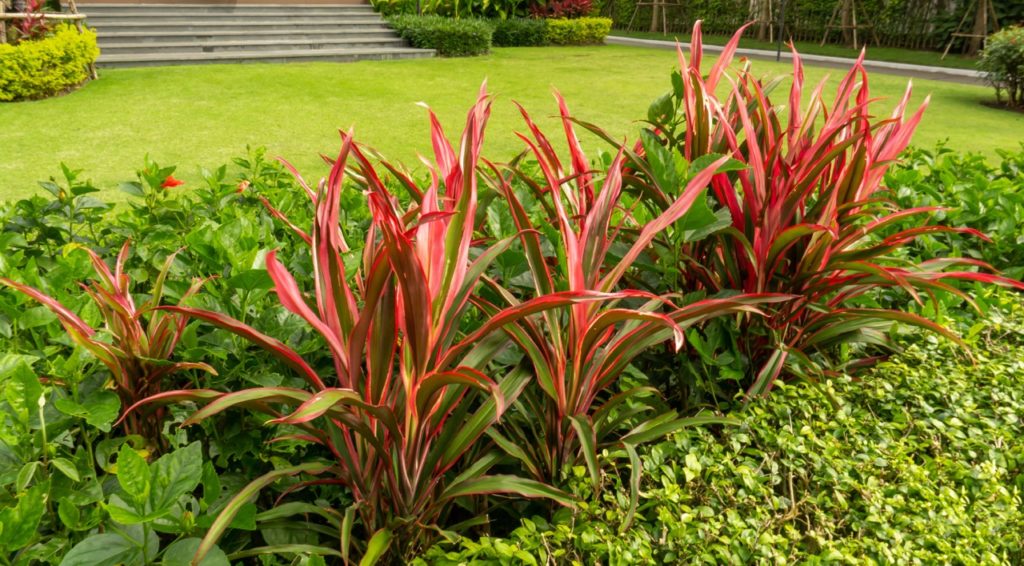
Attempt this type of propagation well after the last frost and when the weather has warmed up.
Fork around the base of the plant to expose the joint between trunk and roots.
Using a sharp pruning saw, cut down vertically through the base of the plant to remove stems, each with its own roots.
You may find the stems are too tightly packed to divide or all emerge from one growing point, in which case, do not attempt this method.
Ensure that each stem is no more than 60cm high unless there is a strong root network, so trim top growth accordingly.
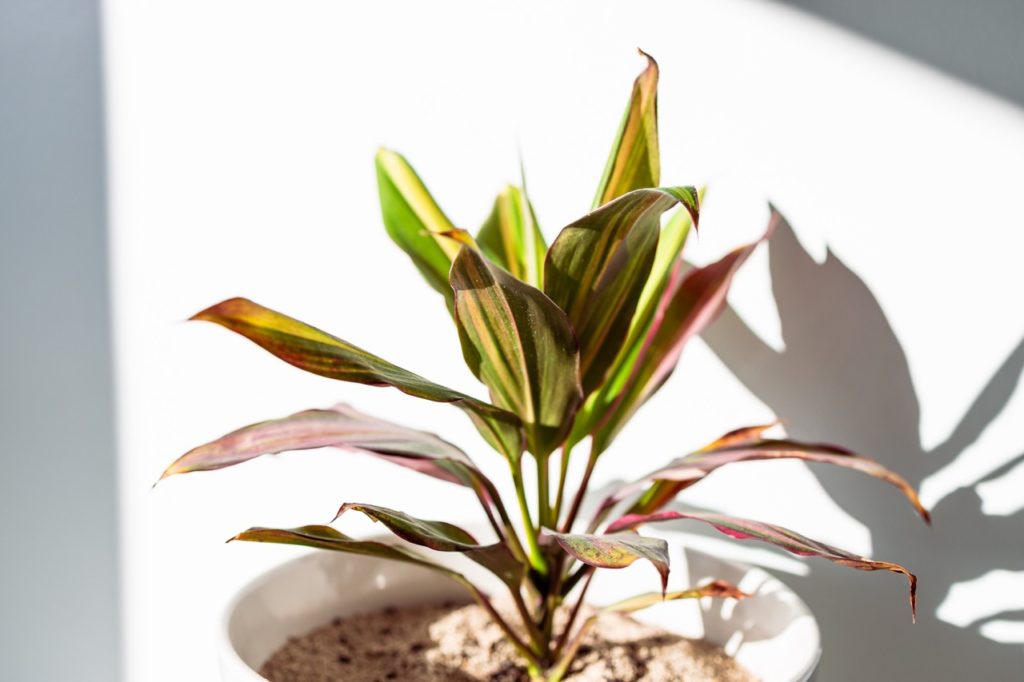
If large numbers of leaves remain, pull or slice off the lower leaves to reduce stress on the limited roots.
Prepare the appropriate number of planting spots outdoors with the right type of free-draining soil by forking and adding some organic matter such as leaf mould, and then thoroughly dampen and ready the planting holes.
Plant each division into a planting hole and firm soil up the original soil mark on the stem and water generously.
Apply a judicious quantity of organic fertiliser and do so again after about 3 weeks.
Until the divisions establish and you see new shoots emerging, keep watering regularly, gradually reducing the frequency and quantity.
5) By Cuttings
In late spring, prepare a pot with a medium of potting mix and sand or perlite.
From the donor C. fruticosa, choose a young branch that is green at its outer length and has some leaves.
Using a pair of sterilised secateurs, cut this branch 12-15cm, measuring from its tip, from just underneath or inwards of a leaf node.
Snip off all the leaves except for the uppermost 2 or 3 and then dip the base of the cutting into rooting hormone powder.
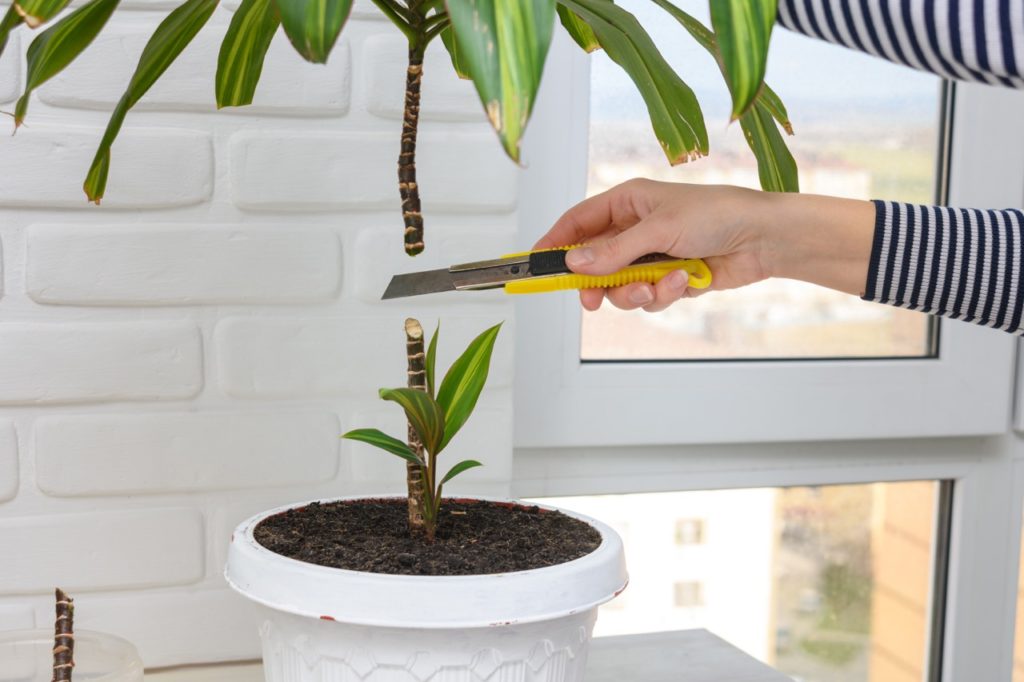
Make a hole in the soil in the pot and insert the cutting, watering it in well afterwards.
Keep the pot in a warm spot indoors where it gets bright but indirect sunlight.
You can help matters by tying a clear polythene bag around the pot to conserve humidity.
Perforate the bag first and make sure it does not touch the cutting, removing it for an hour or so every couple of days.
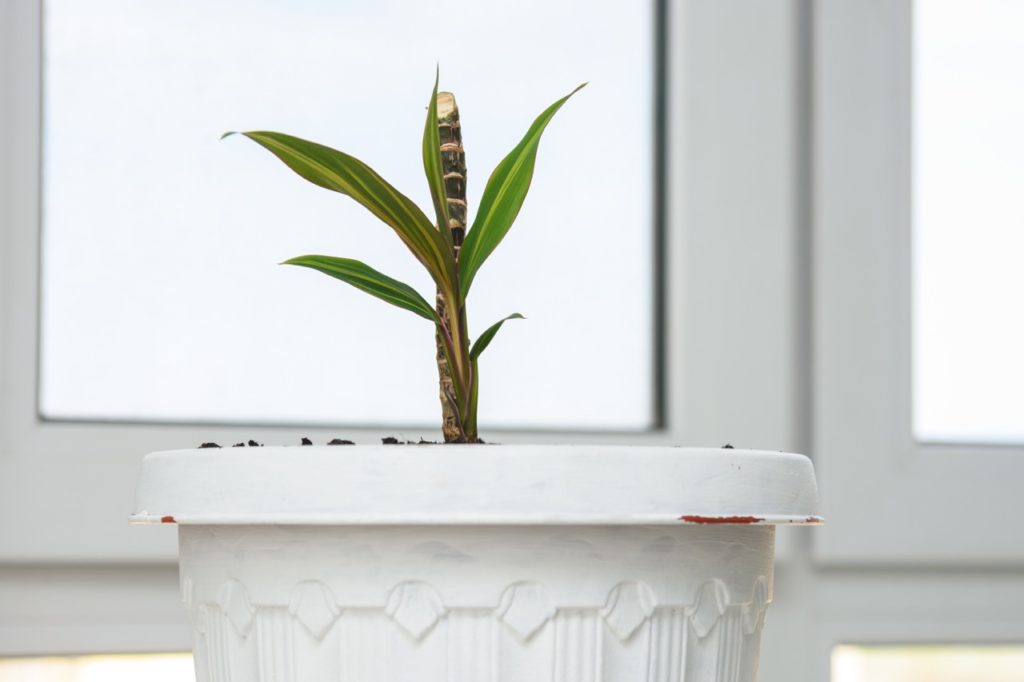
The cutting should be watered moderately daily or every other day to keep the soil continuously moist.
The cutting should root in anything from 4-8 weeks.
As long as the original leaves look healthy and turgid, you can be assured that something good is happening below the soil!

